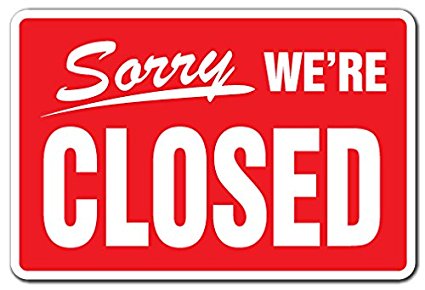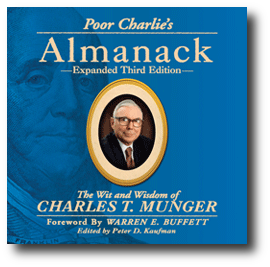Remember how this company Birchbox was everywhere 3 years ago? And how today it’s…not?
Turns out after raising $90 million at a peak valuation of $500 million, and after a few years of struggle, in 2018 Birchbox sold a majority stake to a hedge fund for only $15 million. This means after a journey of 8 years, its investors were totally wiped out. Employees who had exercised stock options came out with nothing.
Admittedly, I wasn’t a target customer, and this might have been obvious to their user base for years. But that this wasn’t bigger news (at least in the sources I read) reflects an ever-present survivorship bias in entrepreneurship. The companies that survive soak up the attention; the failed companies fade away with a whimper. We forget how much hype they built up years ago, and we turn our attention to the next hot thing.
But failed companies are where some of the best lessons can be learned. Warren Buffett says, “it’s good to learn from your mistakes. It’s better to learn from other people’s mistakes.”
Studying failed companies helps you better differentiate strategies that work from ones that don’t. Studying failed businesses helps you look past platitudes like “culture is everything” to understand the fundamentals of why many businesses fail and some succeed. Studying failed startups helps you discount today’s breathless press hype, and better try to predict the future.
I’ve done a deep dive into 59+ failed startups. Each has a meaningful story to learn from.
- Most of these were venture funded by big names: Andreessen Horowitz, Sequoia, Kleiner Perkins.
- They raised on average 8 figures of funding, some with $100 million+ – these were serious contenders, once strongly believed in by professional investors.
- Many of them have postmortems written by a founder, complemented by third-party analysis of why they failed.
I hope they’re as useful to you as they were to me.



